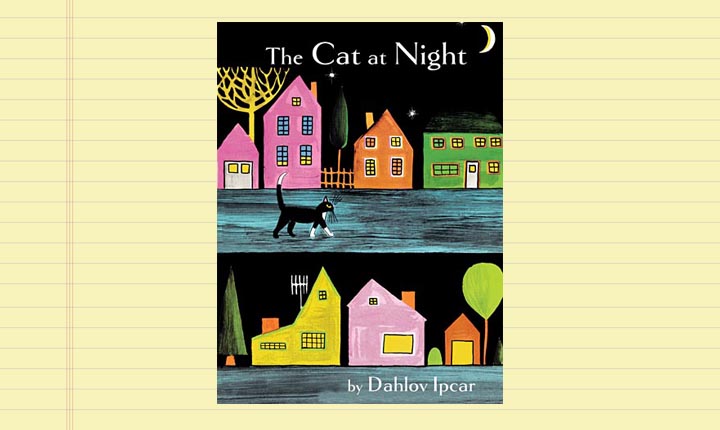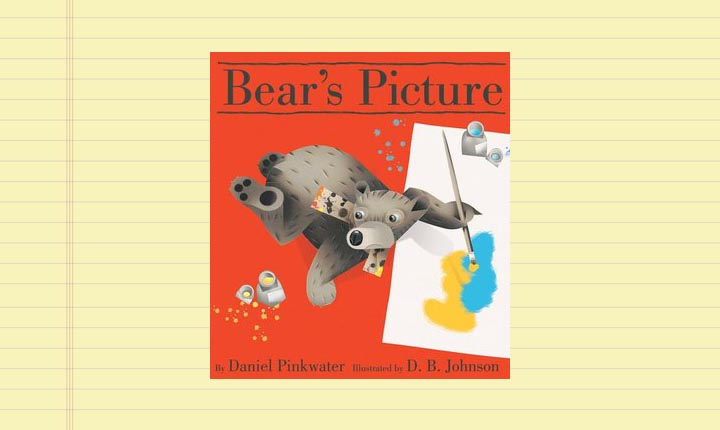The Longest Shortest Time
We Can’t Stop: Missing Edition
If you have a toddler, you probably know this video:
Sasha has watched what she calls “Counting to the Number Four” so many times that she can sing it almost word for word the entire way through. And she likes to make her head dance like the “chickens just back from the shore.” Recently, her interest has switched from what she can see—Elmo, penguins, chickens—to what she can’t see. At the end of the video, as the puppets gradually leave the frame, she announces each one’s exit. “I don’t see Elmo. I don’t see the monsters. I don’t see the penguins. I don’t see the chickens.” For her, this seems to be the highlight of the show.
I’ve noticed this happening with books, too. Which brings me to this week’s We Can’t Stop Reading list.
You’ll recognize the first three—Corduroy, A Sick Day for Amos McGee, and Mathilda and the Orange Balloon—from last week. But here are a couple interesting and more obscure new additions:

The Cat at Night by Dahlov Ipcar reminds me a little of Divya Srinivasan’s Little Owl’s Night in that it is about animal night life but has that added “I don’t see it” element. Pages of black silhouettes against a dark night sky ask. “Where do you think the cat is walking now?” Sasha answers with squeaky delight, “I don’t see the cat!” The next page reveals what the scene would look like if we had special nocturnal cat vision and Sasha quickly says, “Oh, I see him! I see the cat.”

Bear’s Picture by Daniel Pinkwater is another book that makes use of the disappearing character—in this case the meaning is a little darker, though it’ll take Sasha a long time to figure that out. This story is a lot weirder than the ones we usually read and Sasha seems to appreciate the whimsy. Two “fine, proper gentlemen” with fine, proper hats critique Bear’s painting and eventually, in a very trippy way, get literally sucked into the artwork until they are nothing but fine, proper hats. After the first one’s demise, Sasha shouts, “Where’s the other gentleman? I don’t see the other gentleman!” She keeps repeating this through the end of the story and even sometimes after we’ve shut the back cover.
I remember reading in Selma Fraiberg’s The Magic Years that children like playing peek-a-boo because it assures them that when a parent goes away they will come back. I keep wondering if that is part of Sasha’s fascination with what she can’t see. Where do characters go when they disappear from a beloved video or book? Sometimes, like in The Cat at Night, they show up again. But sometimes, like in Bear’s Picture, they are sucked into oblivion. Is that why we need to keep reading it? So the fine, proper gentlemen can forever be reborn? And so Sasha can tell herself that when she gets dropped off at school, Mama will not be like those pesky gentlemen but like the cat who reliably returns. All you need is special nocturnal cat vision to see that this is true—a superpower I think Sasha is nearly convinced she has. Nearly. Maybe after 57 more reads through Cat she’ll get there.
What can’t YOU stop reading this week?
As an Amazon Associate, The Longest Shortest Time earns a small commission from qualifying purchases.